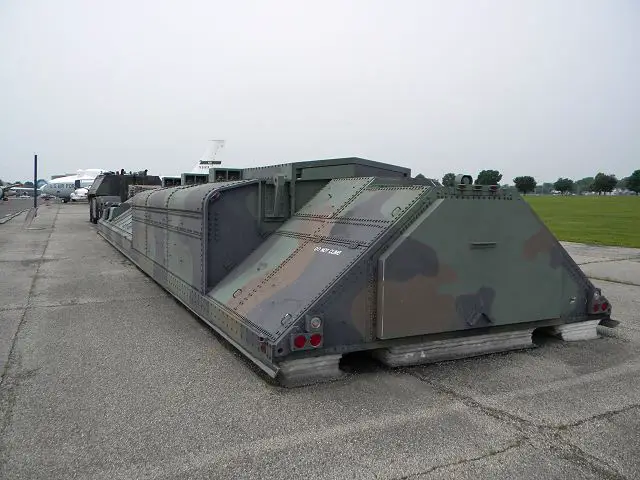Breaking news
United States plans to design a new mobile land-based ICBM Intercontinental ballistic missile 11411151.
| 2015
|
|
|||
|
Defence & Security News - United States
|
|||
|
|
|||
| United States plans to design a new mobile land-based ICBM Intercontinental ballistic missile. | |||
|
According the Washington Times website, the US Air Force is nearing completion of plans for the next generation land-based strategic nuclear missiles that could be deployed on difficult-to-locate mobile launchers or in tunnels.
|
|||
|
|
|||
 The American project of Small ICBM Hard Mobile Launcher in the 1990s The American project of Small ICBM Hard Mobile Launcher in the 1990s |
|||
|
|
|||
|
According to an updated Congressional Research Service report published last week, the road- and rail-mobile missile concepts were outlined in a contract proposal two years ago produced by the Air Force Nuclear Weapons Center.
“The Mobile concept employs a new ICBM on a transporter erector launcher (TEL),” the Air Force contracting document says. “The systems would be located on government land and be capable of deploying on- or off-road.” The new missiles are needed to replace the arsenal of 450 Minuteman IIIs and would put the United States in the same league with China and Russia. Both countries are deploying new and more advanced road-mobile missiles with multiple warheads. The US Air Force is considering development of a new missile that would be silo-based but designed so that it could be deployed on a mobile launcher in the future, a congressional defense expert said. The US Air Force and the contractor Orbital ATK conducted a ground test of a new solid rocket motor for use in the future ICBMs, the company said in a statement Wednesday, noting that the motor test demonstrated “new advanced technologies.”
|
|||
|
|
|||
 |
|||
|
|
|||
|
In the mid-1980s after a request by the U.S. Air force for a small ICBM which could be deployed on road vehicles, American defense industry has started the developemnt of the MGM-134A Midgetman, also known as the Small Intercontinental Ballistic Missile (SICBM).
System definition studies for the SICBM (Small Intercontinental Ballistic Missile) commenced in 1984 under an Air Force Program Office, located at Norton AFB, CA, with TRW providing System Engineering and Technical Assistance (SETA) support. Contracts were awarded by the end of 1986 to Martin Marietta, Thiokol, Hercules, Aerojet, Boeing, General Electric, Rockwell and Logicon and authorization to proceed with full scale development of the MGM-134A Midgetman was granted. The first prototype missile was launched in 1989, but tumbled off course and was destroyed over the Pacific Ocean after about 70 seconds. The first successful test flight took place on April 18, 1991. The Midgetman missile was designed to be carried by a Hard Mobile Launcher (HML) vehicle. Most of these vehicles would normally remain on bases, only being deployed in times of international crisis when nuclear war was considered more likely. The Hard Mobile Launcher was radiation hardened and had a trailer mounted plow to dig the HML into the earth for additional nuclear blast protection. With the end of the cold war in the 1990s the U.S. scaled back its development of new nuclear weapons. The Midgetman program was therefore cancelled in January 1992 |
|||


























